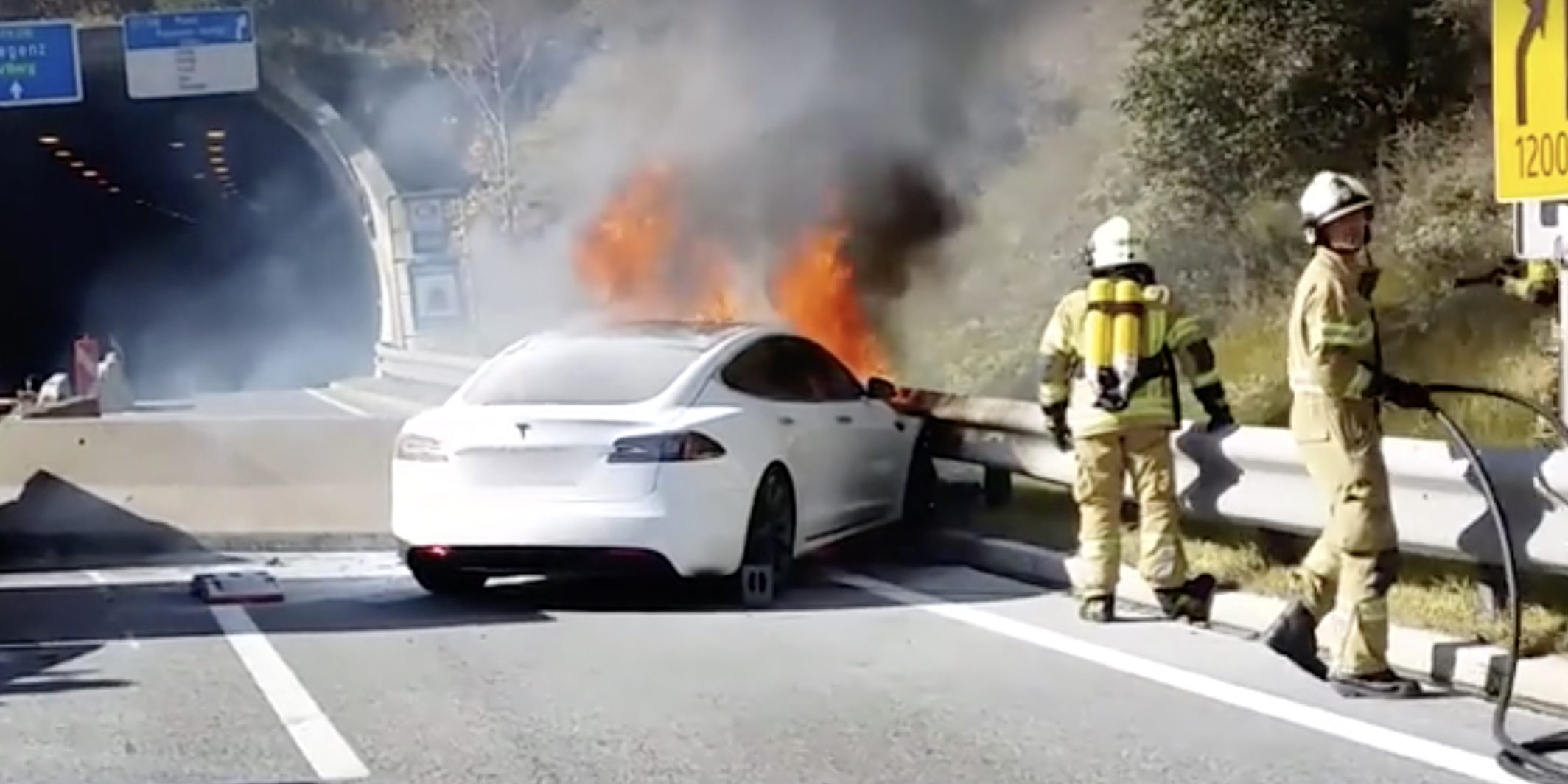
While battery fires involving Tesla vehicles are often reported in the media, they are statistically quite rare in comparison to gas-powered car fires. Therefore, if it’s not something you worry about in gas-powered cars, it shouldn’t be something you worry about in Tesla vehicles or most other electric vehicles for that matter.
But it doesn’t mean that there is no room for improvement in making battery packs safer and more resistant to fire.
Tesla has recently patented two new inventions to do just that.
The automaker submitted two patent applications that have recently been released.
The patents have to do with managing the release of gas when battery cells fail inside a battery module and a new way to more efficiently terminate a battery pack fire.
The problem with battery fires is that when one or more cells fail and catch on fire, it releases a significant amount of energy which can result in nearby cells also catching on fire.
With sometimes thousands of cells in a battery pack, this can create a significant chain reaction that can last for hours.
The good news is that it most often, aside from in the most extreme cases, leaves enough time for the driver and passenger to exit the vehicle.
But if you could vent internally generated gases from a cell that is failing, you could potentially prevent others from catching on fire.
At the battery module level, Tesla is patenting a new design with weak points between cells made to break in case of a cell failure and release the gas. Here are some images from the patent application:



At the battery pack level, if all fails and it has caught on fire, it is very difficult for firefighters to address the situation. They have to apply a great amount of water and even then, they will have to monitor the pack for hours and even days.
One of the issues is that Tesla’s battery packs are designed to be sealed and not let water or any fluid inside for obvious reasons since it is installed in the floor of the vehicle.
But Tesla is patenting a way to inject a “thermal-control liquid” inside the pack during a fire:
“A battery pack has an enclosure that contains a plurality of batteries and conductors and that resists the flow of fluid between an interior of the enclosure and an exterior of the enclosure. An exit vent formed in the enclosure at a first location allows exhaust gas to flow from the interior of the enclosure to the exterior of the enclosure. A fill port formed in the enclosure at a second location, in an impermeable state, prevent ingress of fluid from an exterior of the enclosure to an interior of the disclosure. The fill port, in a permeable state achieved by receipt of a perforation tool there through, permits ingress of a sufficient amount of a thermal-control liquid into the enclosure through the fill port to terminate a runaway thermal event in the battery pack. A fill port coupler having a passageway and an externally accessible port may be included.”
The solution could make it a lot easier for first responders to address a fire in a Tesla vehicle in the future.
We are going to add the full patent with drawings when available shortly.
